Ferrari is working on a new Dino. It has been decades since I’ve heard more exciting news emanating from Maranello, particularly as new chairman Sergio Marchionne appears determined to put one of the most evocative, coveted badges only on the right kind of car.
Ferrari has not always done great justice when recycling names from its past – think Testarossa and Mondial – but this time it appears it will be different.
So what kind of car should a new Dino be? To find the answer to that, what better vantage point than that provided by an original Dino and an open road? There is lots to be learned.
Much of it can be discovered before firing up the car’s race-derived 2.4-litre quad-cam motor, surely the most characterful V6 there ever was. You might think the Dino was a cheap Ferrari, and given that at the time of its creation it was Maranello’s first road car not to be powered by a V12 engine, I suppose it was. But it was actually the first of a new line of smaller, mid-engined sports cars, a line that leads directly to the present.
In short, the 488 GTB is now what the Dino 246GT was then. So the first lesson of history is that there is no need for a Dino to substantially undercut existing Ferrari product.
Point two is that a Dino need not be mind-bendingly quick, either. I’ve just looked on Pistonheads and the cheapest Dino 246GT for sale is priced at £280,000, far more than the most expensive new Ferrari today. And yet if you drove one against, say, a standard 2.4-litre Porsche 911S of the same era, you’d most likely find the lighter, cheaper and almost certainly no less powerful German soon disappearing into the distance.
So why are Dinos so valuable, other than the crazy state of the used exotic market these days? It’s not just because they’re beautiful, although you could count on the fingers of a hand that’s been through a blender how many Ferraris made since are better looking.
It is because they are, in all regards, seen as an essential distillation of the Ferrari spirit, a pint-sized encapsulation of Maranello magic, with the added irony that they weren’t even allowed to wear Ferrari badges.
So hook your finger behind that little chromed lever, pull open that gently curving door and join me inside a Dino as we go back to try to determine the future.In here, Ferrari iconography is everywhere, from the alloy-spoked steering wheel to the exposed gearshift gate.
The binnacle is packed with instruments – eight, if you care to count – but you notice first the rev counter and, specifically, its 7800rpm limit. That’s serious revolutions for one so old.
The driving position is, of course, terrible. It’s all arms and no legs, but who cares when the view is this good? Those gently rising front wings are as redolent of Ferrari as a Spirit of Ecstasy is of Rolls-Royce. Actually, all-round visibility is rather good – phenomenally so for an early mid-engined, low-slung two-seat car like this. And there’s that rear screen, curving through 90deg at each end. I don’t even want to think what a replacement would cost.
Turn the key. It doesn’t start. Oddly, this is reassuring. A car like this shouldn’t just spin into life like a Nissan Micra, and the fact that it needs a little tempting is all part of the process – the bonding, if you like.
The choke is there, but it’s inelegant. Instead, feed some fuel into the trio of twin-choke Weber carburettors with your right foot. (In time, you’ll learn precisely how much.) Turn again and hear it catch – two or three cylinders at first but soon all six together. The noise is rich and complex, better at idle than most at the redline.
The car is already in first gear, because no way would you ever trust a 1970s Ferrari handbrake. First is marooned on a dogleg of its own, and correctly so, because it is the gear you use least. Look at a Ferrari five-speed Formula 1 or sports racer and you’ll see the same.
Ready for the clutch? I doubt it. It’s so much heavier than it needs to be, given that it has just 166lb ft of torque to transmit. But with unassisted steering and equally heavy brakes, at least it means your limbs will be equally tired by the day’s end.
So you’re moving and soon want second gear. But you don’t take it, because you know Ferrari gearboxes of this period don’t like second when they’re cold. So you go around the corner into third, expecting the engine to chug and cough but feeling it pull without complaint. It is pure class. Wait for the oil temperature needle to shift off its stop. It’ll let you have all the gears now.
The steering feels a little wooden, the ride a little stiff, a touch disappointing given all you’ve read about the car. But you press on and discover that, with some heat in the shockers and velocity under the skinny 205/70 Michelin XWX tyres, the little Dino comes alive.
And I do mean that. As speeds rise, so the steering writhes around in your hands like a living thing, making a mockery of the only alleged feel of today’s best powered systems. This car talks to you continuously, through the rim, the thin bucket seat and a voice from behind your left ear worthy of an audience at La Scala.
No, it’s not fast. The cheapest modern Volkswagen Golf GTI would kill it, but who cares if it means you can enjoy it more and retain your licence for longer? Its balance is mesmeric, too, making you wonder how on earth Ferrari forgot it all and went on to create mid-engined cars like the 308, 328 and 348 that were so needlessly tricky on the limit.
In short, the last Dino was the driver’s best friend, a gorgeous co-conspirator with whom to seek out fresh adventure wherever it might lie.
And so must the next one. This must be the Ferrari that couldn’t care less about its Fiorano lap time or how many billionths of a second the software engineers have shaved off its shift time. It should have slightly more power than grip and its every setting should be aimed at producing not pace, but feel. And yes, it should have at least the option of a manual gearbox. In short, it must be a Dino.
Does Ferrari have the capability of building such a car? Of course it does. Lop two cylinders off the 488 GTB engine and you’ll find yourself with a 366 GTB (based on cubic capacity per cylinder) of just less than 3.0 litres with 500bhp, the perfect basis for such a car. It would still bust 4.0sec to 60mph and hit at least 190mph.
We know Ferrari can build such an engine with zero turbo lag and manipulate its torque in each gear to mimic a normally aspirated delivery. We don’t know if they can make it sound like it should, and that surely is the biggest challenge of the project. Get that right and there’s no reason at all why Ferrari cannot produce a Dino as good now as it was then.
One final question: will Ferrari banish the prancing horse emblem from the car, leaving it to bear the ‘Dino’ name alone? It would be a brave move, but nothing like as brave as it was in 1968, when the name meant little to Ferrari’s customers. Now it’s one of the most revered in all motoring and I can’t wait to see it, either as a make or a model, on a Maranello product once more.
Read more:
Ferrari Dino to return as V6-engined sports car
Blog - Ferrari Dino's revival is the first evidence of Marchionne's direction
Driving 500 miles in a Ferrari Dino 246 GT
Get the latest car news, reviews and galleries from Autocar direct to your inbox every week. Enter your email address below:

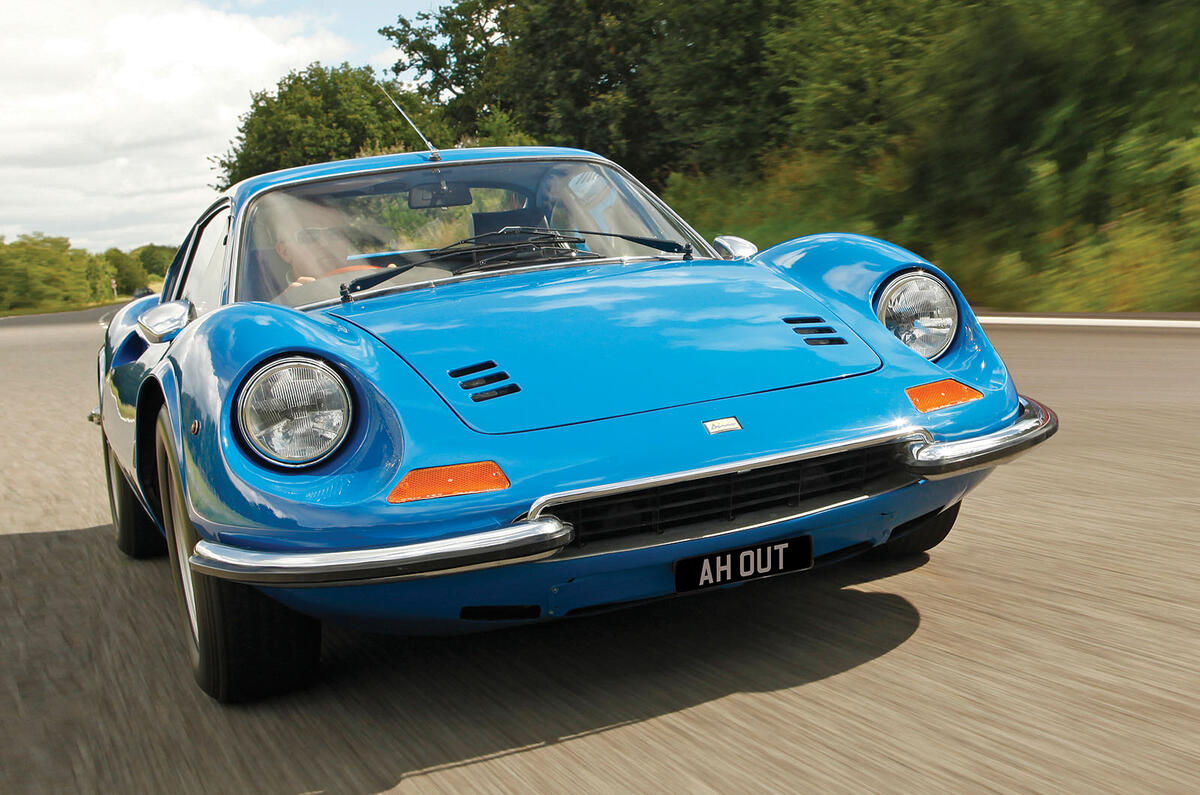
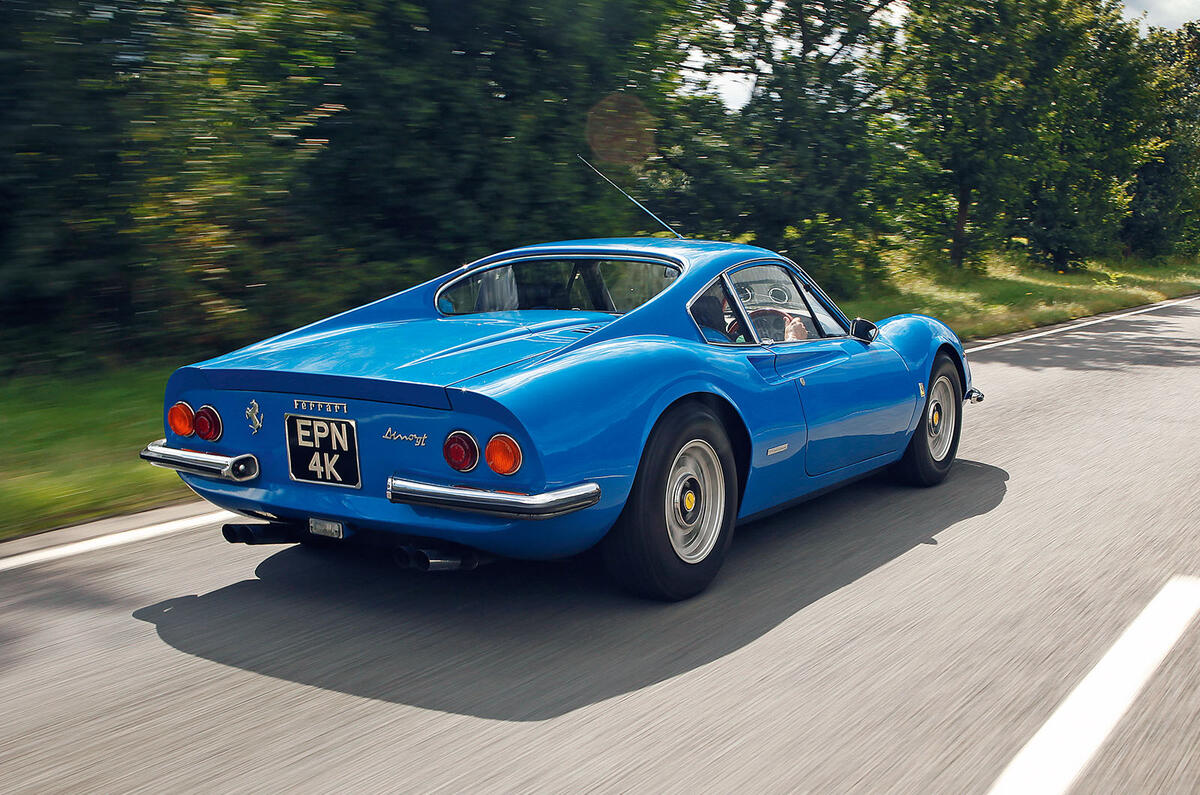
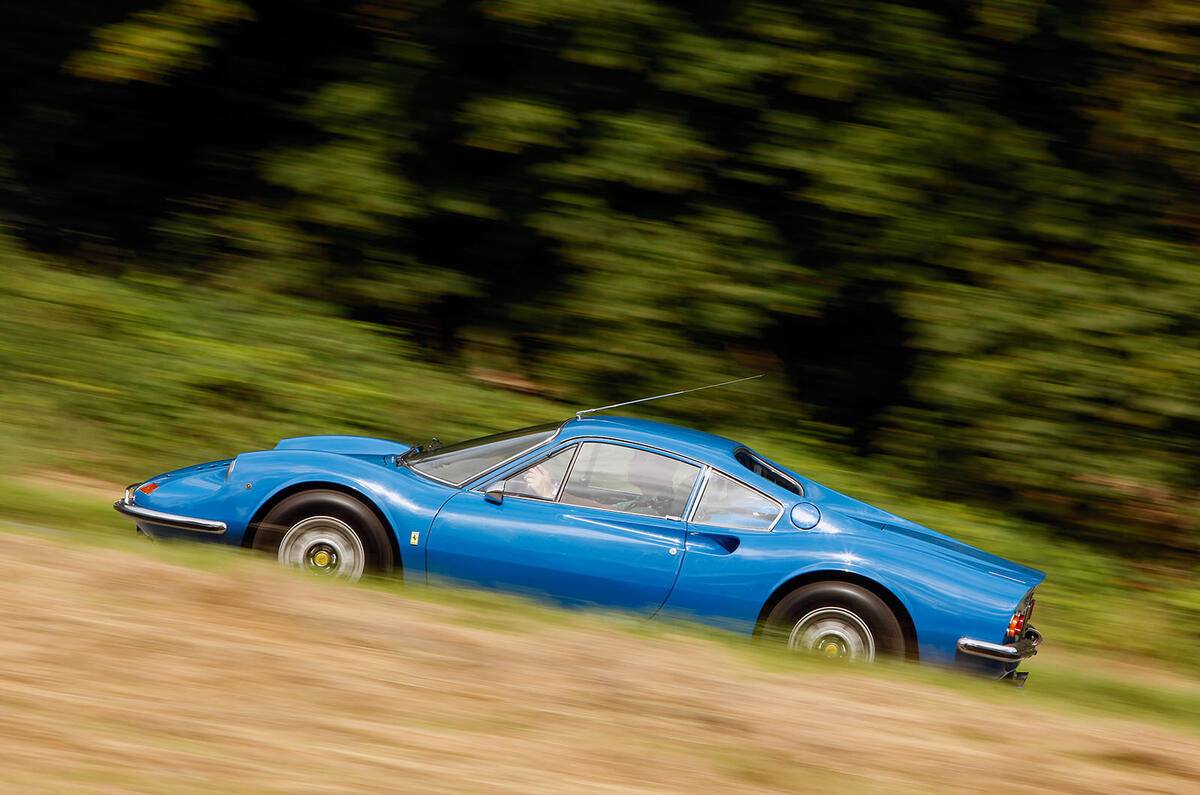
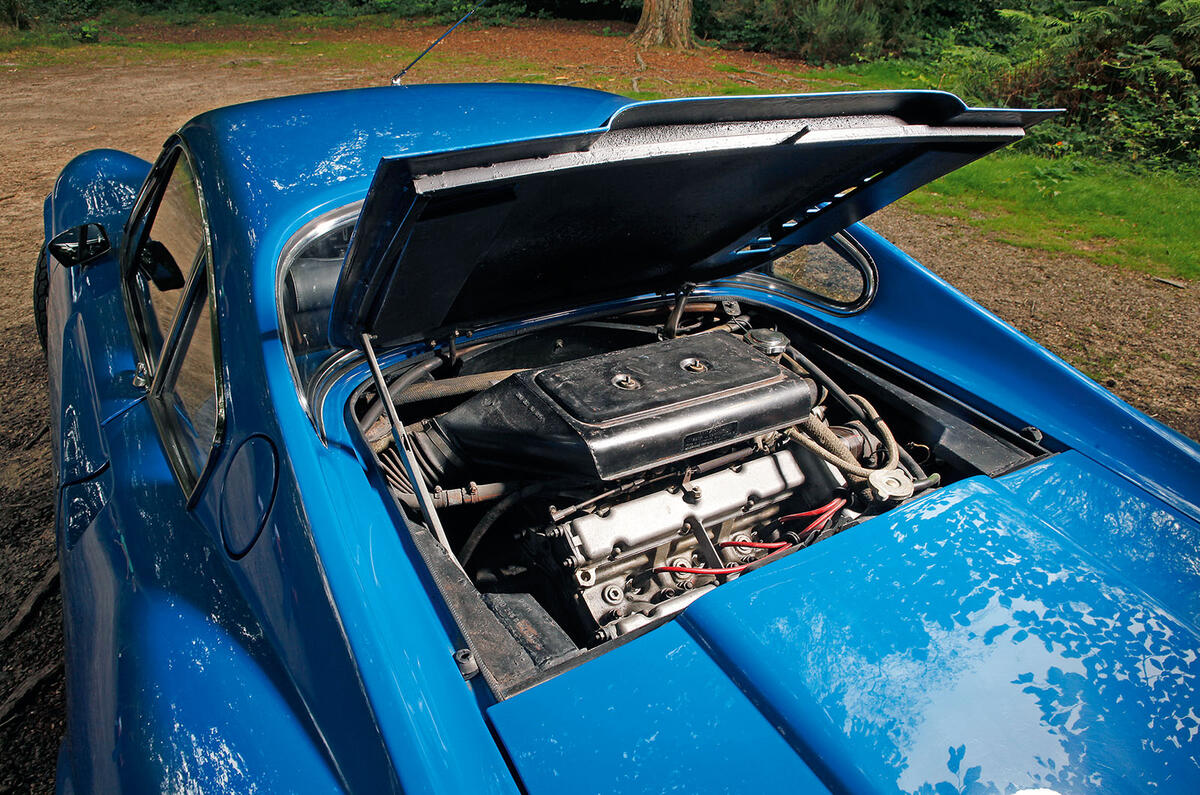
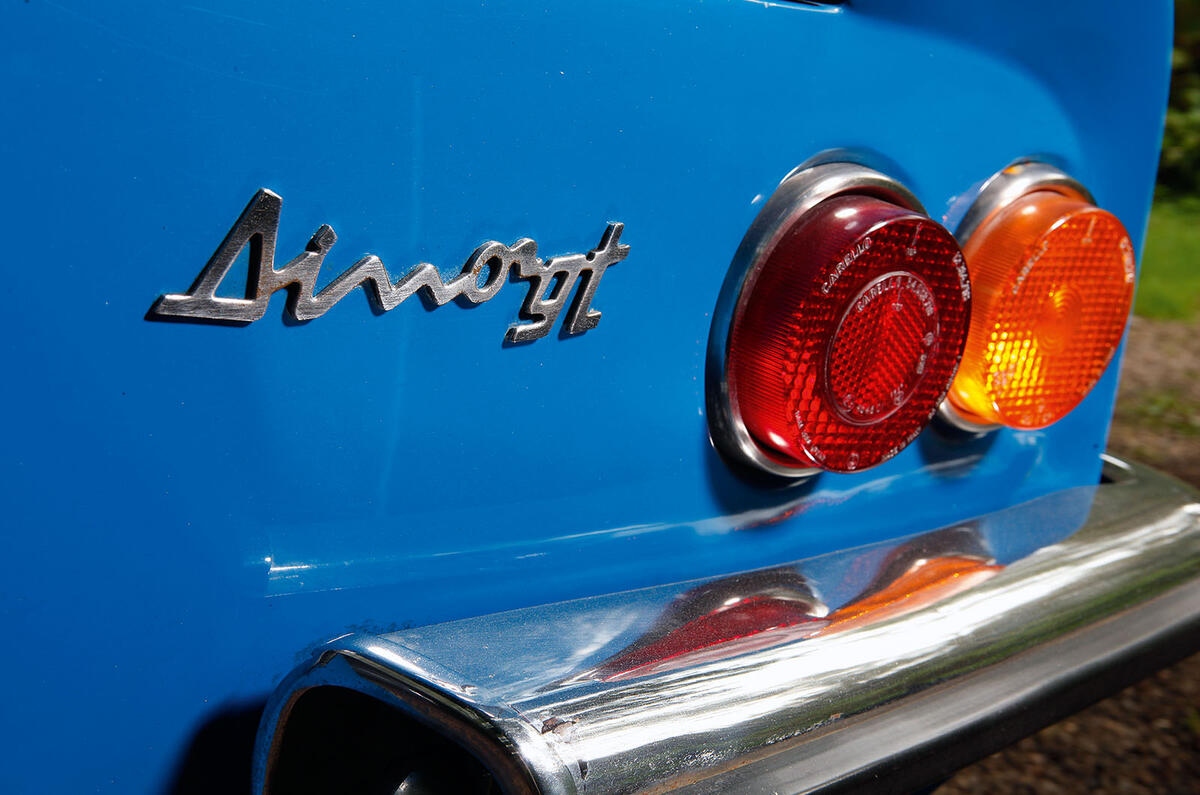
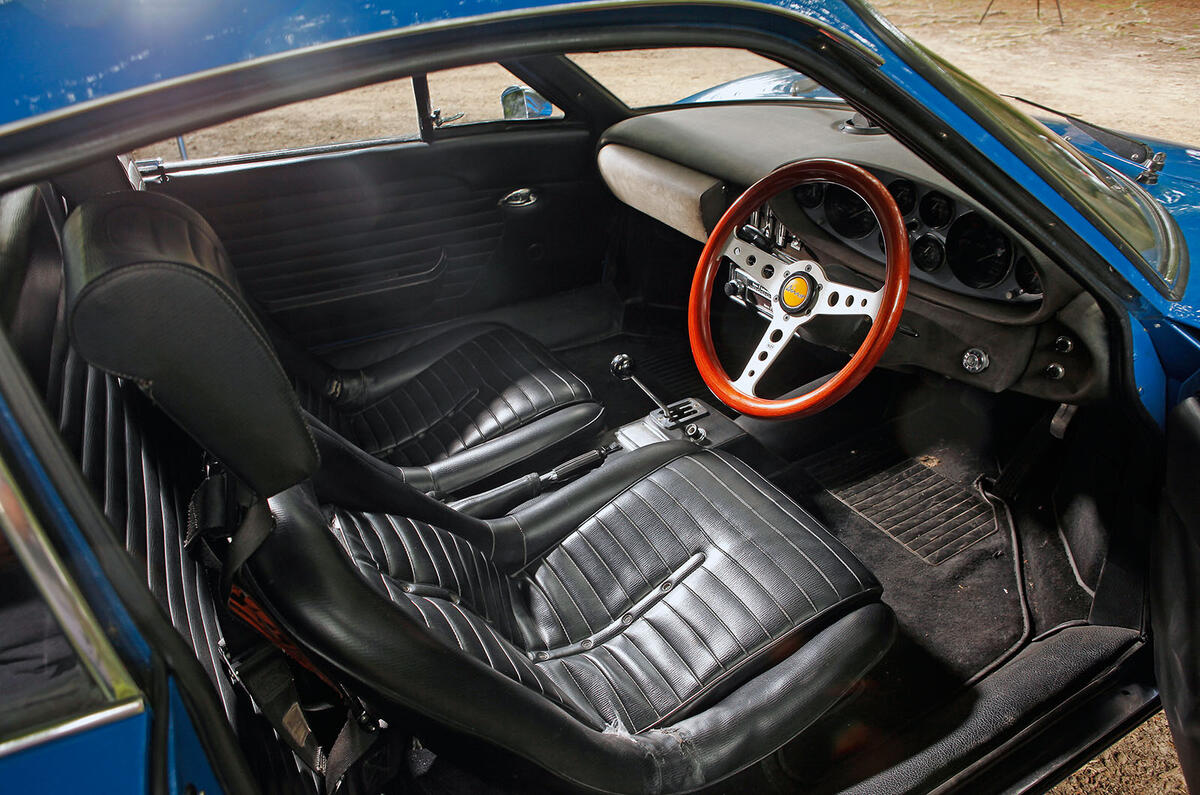

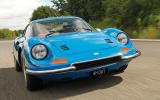

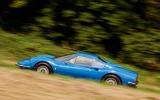
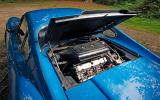
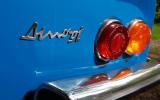
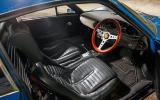
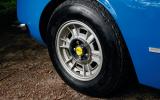


Join the debate
Add your comment
Times past
The Dino was the owner's daily driver, the Capri was his wife's car, and the 300SL was not used at all during the weeks I worked there, apparently due to a flat battery.
As a plaything, the chap also had a Kawasaki 900, when that was THE bike to own.
The house has now been replaced by a much grander residence, but the triple garage remains (current contents unknown).
Wrong assessment
.